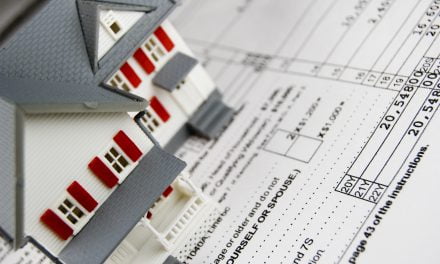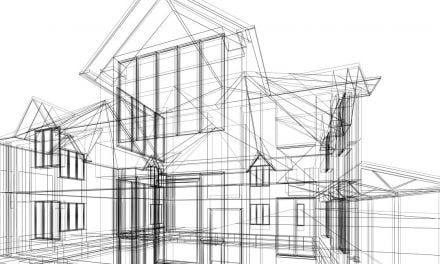The best zoning for inner-city residential construction is:
- More liberal, permitting greater density and height. (68%, 55 Votes)
- More conservative, limiting the number of units and height permitted. (32%, 26 Votes)
Total Voters: 81
Housing reforms gain traction
A practical indicator for the health of the middle class is the housing options available to them. As of 2022, both are faltering — especially in Southern California.
San Diego planned to build more than 15,000 moderate-income housing units in their Regional Housing Needs Allocation (RHNA) for 2010-2020. Despite that goal, only a tiny fraction of those moderate-income housing units were actually built in that time. In fact, just 10 moderate-income units were built between 2010 and 2018, according to the City of San Diego.
To spur housing construction for moderate-income units, San Diego is banking on bringing down supply-side obstructions with reforms to the review, permitting and building process.
These supply-side reforms were designed with varying timelines in mind: some may be enacted immediately, some may be enacted in the short-term and some are long-term efforts.
The Middle-Income Housing Working Group, a panel of housing advocates and city officials, recommends several actions for San Diego to improve housing options for middle-income residents, as reported by The San Diego Union-Tribune.
Steps the city may take immediately include:
- creating a list of all public land where middle-income housing may be built;
- building on top of existing public facilities, such as fire stations and libraries;
- streamlining the city’s historical review process, which currently adds significant time and expenses to building projects;
- streamlining and reforming storm water rule compliance;
- updating the city’s municipal code to allow builders to use new construction materials and technology; and
- changing how developer fees are allocated across the area.
Steps the city may take over the next two years include:
- introducing a vacancy tax, which will tax owners of undeveloped lots and landlords with empty units; and
- establishing a public rent registry which will track information about rental units, including the number of units, current rental rates and vacancies.
Steps the city may take over the long term include:
- creating a construction loan guarantee program;
- permitting property tax reductions for middle-income housing;
- investing in community land trusts;
- directing philanthropic funds to acquiring middle-income homes; and
- establishing density bonus programs for middle-income housing.
The Working Group is a 22-member panel of volunteer experts formed by San Diego mayor Todd Gloria for the purpose of generating ideas to produce more housing for residents who earn too much to qualify for affordable housing programs but too little to bear the rising cost of housing in the area.
Related article:
The missing middle
San Diego’s housing officials know inventory is lagging far behind demand.
At the state level, California is nearly 1 million units short from meeting its residents’ housing needs. San Diego is 68,000 units short.
Moderate-income earners, or those making between 80% and 150% of the region’s median income, are finding limited housing options appropriate for their budgets. For a family of four in 2022, that range is $97,000 to $143,000 per year.
San Diego faces a more limited supply of mid-tier housing compared to the low and high tiers.
Because builders receive federal subsidies for constructing low-tier housing (and since this type of housing is highly sought after in California) they enjoy a greater incentive to build low-tier housing than mid-tier.
On the other extreme, builders have natural incentives to prioritize high-tier housing as this tier promises fatter profits.
Related article:
Though there’s no singular culprit — or solution — to California’s housing crisis, one of the greatest barriers to new housing construction is overly restrictive zoning laws. When cities loosen local zoning laws, builders see greater incentives to construct higher density residential projects in more desirable areas.
The Working Group’s newest proposals attempt to eliminate some of the sludge accompanying the building process — restrictions, regulations, fees, timelines — all of which slow building projects down and sometimes kill developments altogether.
Builders need more incentives to build, not fewer. Making the process quicker, cheaper and more efficient is an effective way to incentivize building new housing units — not just in San Diego, but across California.
Get weekly Southern California housing market updates, including San Diego policy changes, sent straight to your inbox by subscribing to firsttuesday’s Quilix.
Related article:
New California law incentivizes local governments to create mid-tier housing













